Social license in the deployment of advanced nuclear technology
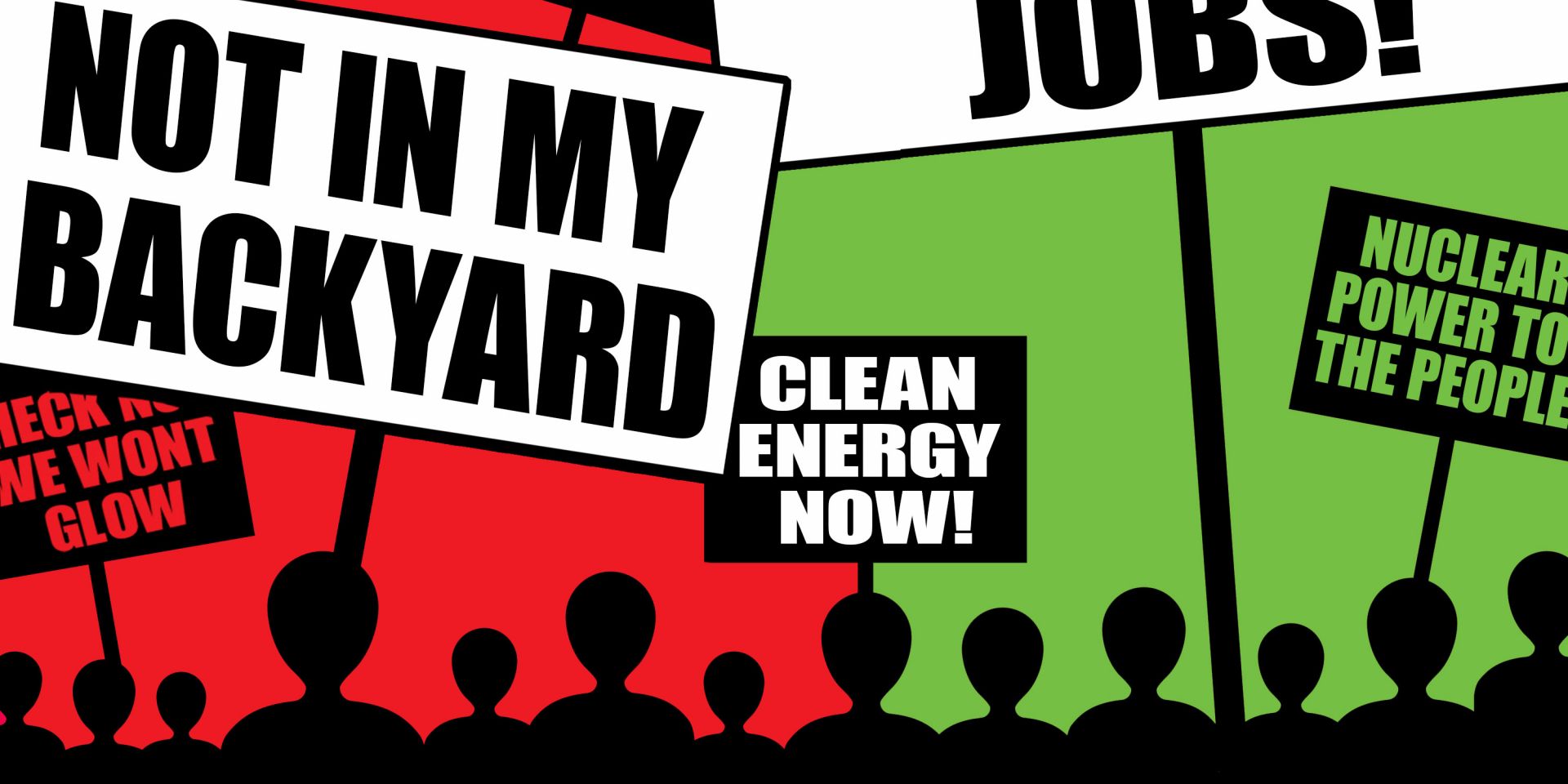
Advanced reactor developers are designing many new nuclear energy products, targeting commercial demonstration before 2030. These products aim to provide different products and grid services beyond what is provided by the first generations of commercial nuclear plants, namely, gigawatt-scale electricity production. These reactors are intended for deployment in many novel scenarios, including being closer to population centers. They will be sited in governmental processes that encourage far more public participation than was possible when many of the existing plants were sited and built in the 1960s and 1970s. This means that community engagement and approval likely will be critical for project success. This article, which discusses this issue of social license, is an adaptation of “Social license in the deployment of advanced nuclear technology,” published in Energies in 2021.1 A more detailed discussion can be found in the original article.




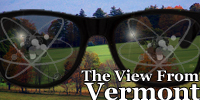 The governor of Vermont last year established the "Energy Generation Siting Policy Commission" after citizens protested a proposed wind farm (meanwhile, the legislature proposed a wind farm moratorium bill). The main purpose of the governor's initiative was to evaluate how much local input should be required in energy siting decisions.
The governor of Vermont last year established the "Energy Generation Siting Policy Commission" after citizens protested a proposed wind farm (meanwhile, the legislature proposed a wind farm moratorium bill). The main purpose of the governor's initiative was to evaluate how much local input should be required in energy siting decisions.
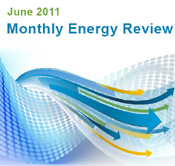
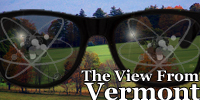

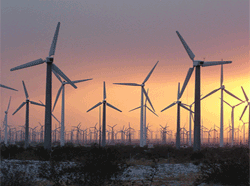 It is often stated that since no one can charge money for the wind, wind-generated electricity is free. This is not true. A modern wind turbine, which can generate 2 megawatts of electricity (MWe) when the wind is blowing, costs about
It is often stated that since no one can charge money for the wind, wind-generated electricity is free. This is not true. A modern wind turbine, which can generate 2 megawatts of electricity (MWe) when the wind is blowing, costs about 